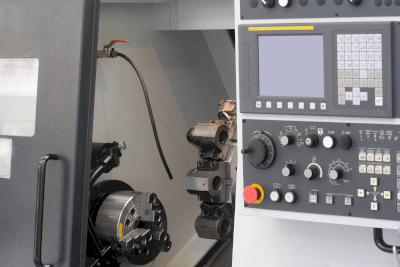What Is a Metal Oxide Semiconductor (MOS) Circuit?

Metal oxide semiconductor (MOS) circuits are crucial components in electronics, forming the backbone of MOS field-effect transistors (MOSFETs). These circuits are foundational in creating CMOS image sensors and various sensor technologies, including barometric sensors.
Initially pivotal in memory and logic applications, MOS technology has significantly advanced, enabling the development of CMOS sensors that combine low power consumption with high functionality, making them dominant in digital imaging applications.
Uses of Metal Oxide Semiconductor Circuits
MOS circuits find applications in a multitude of digital devices, notably in:
- Digital imaging devices, utilizing CMOS sensors for capturing images in digital cameras and smartphones.
- Automotive systems, enhancing safety and navigation through advanced sensor integration.
- Medical diagnostics, through precise monitoring and diagnostic tools.
- Industrial automation, by improving machinery efficiency with sensor technology.
Principle of Metal Oxide Semiconductor Circuits
MOS circuits, particularly in image sensors, work by converting incoming light into electrical signals via photodiodes, each linked to a MOS transistor. This setup ensures detailed image capture by allowing for the efficient readout of charge generated by photons.
Key Features of Metal Oxide Semiconductor Circuits
- High Insulation: Offering superior insulation, MOS circuits reduce leakage currents, enhancing the efficiency of electronic devices.
- Energy Efficiency: CMOS-based circuits, in particular, are known for their low power consumption, crucial for portable electronics.
- Compact Integration: The ability to integrate millions of transistors on a single chip allows for complex computational tasks within small-scale devices.
Selection Criteria for Metal Oxide Semiconductor Circuits
- Application Requirements: Selection should be based on the device’s specific needs, considering factors like sensitivity for image sensors or accuracy for environmental sensors.
- Performance Specifications: Key considerations include the measurement range, sensor sensitivity, and noise levels to ensure optimal performance.
- System Compatibility: The MOS circuit’s output interface must match the system’s architecture, whether requiring digital (I2C, SPI) or analog signals.
As MOS technology continues to evolve, it expands its capabilities, ushering in new applications from high-definition digital imaging to complex environmental sensing, underscoring its integral role in modern electronics.